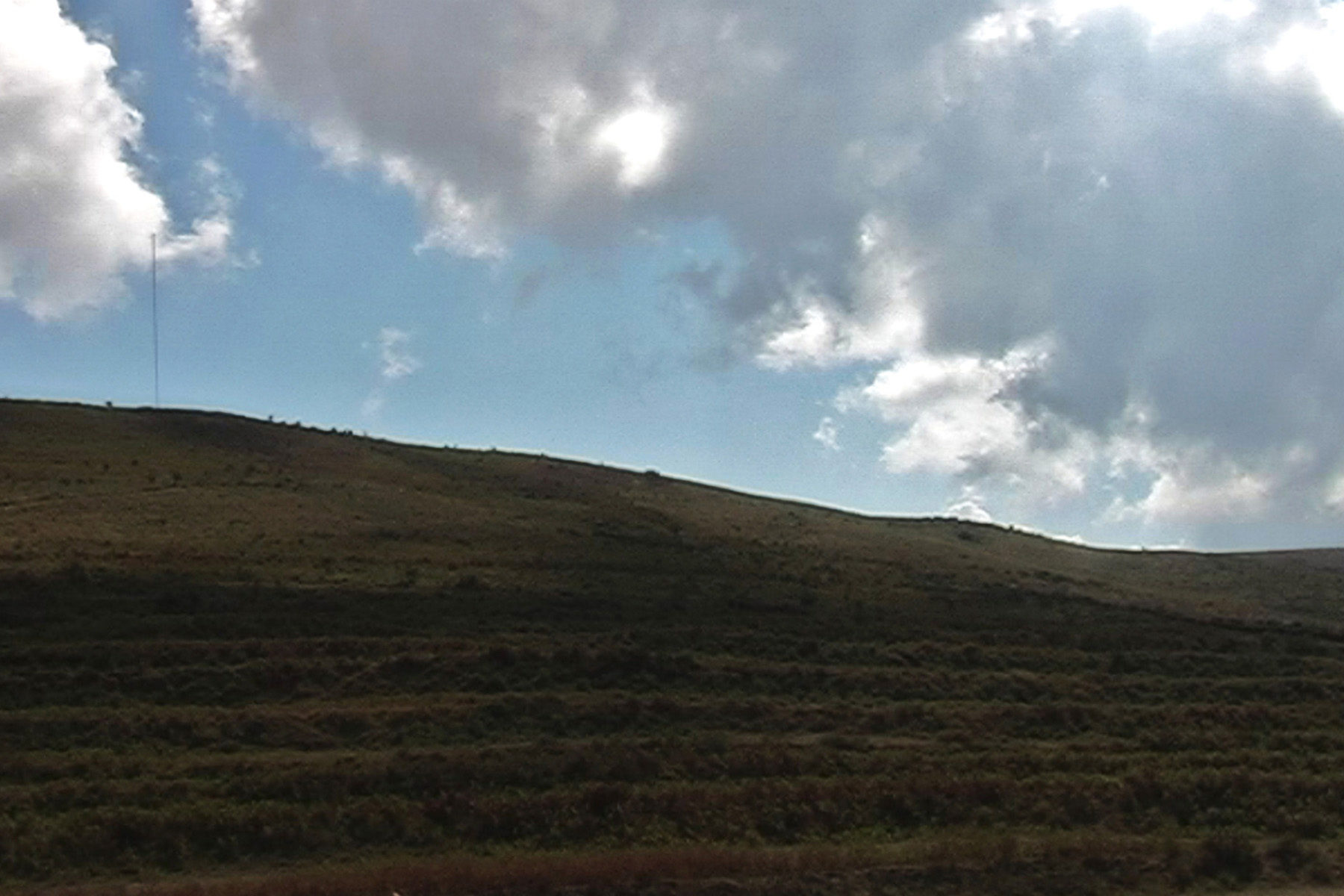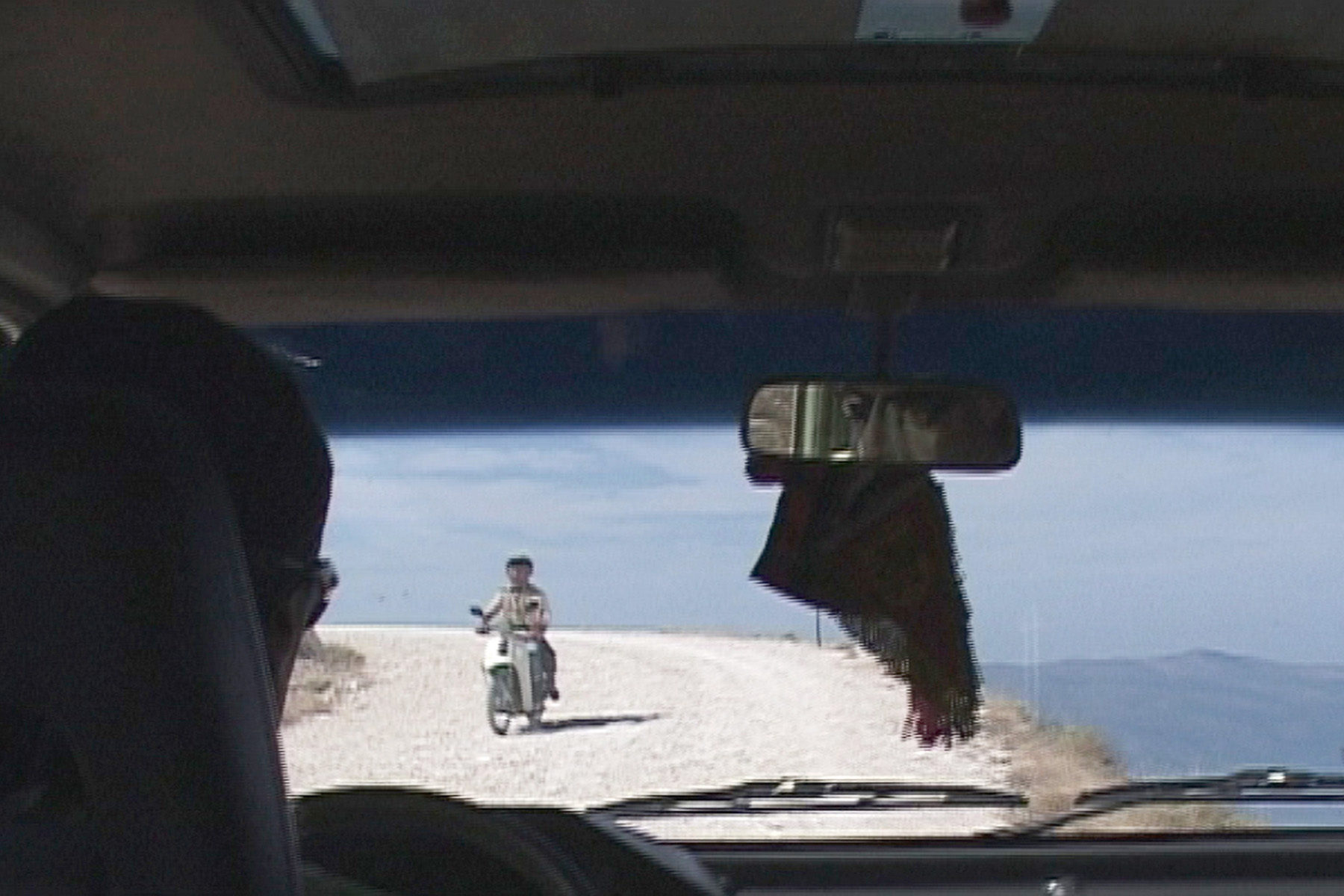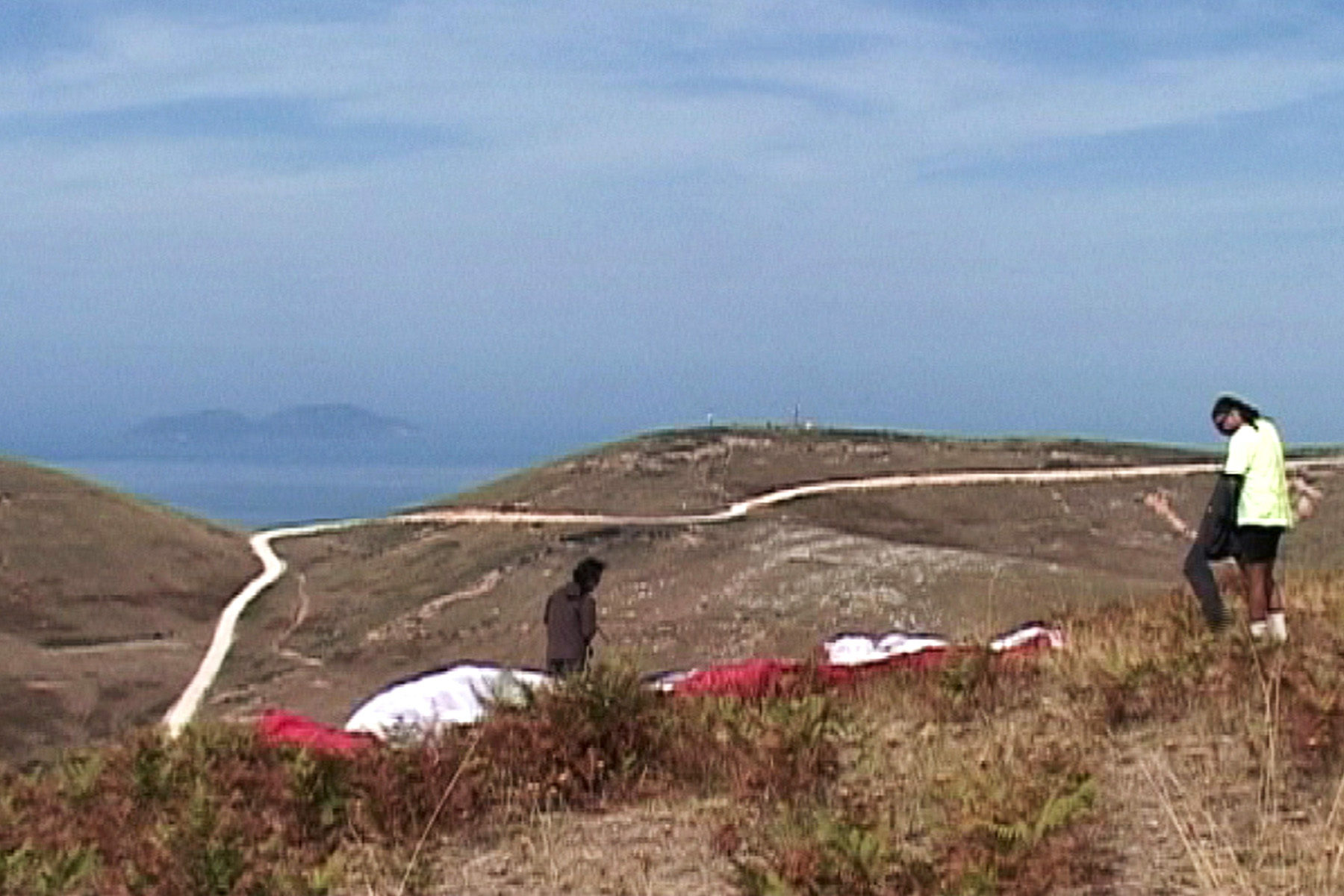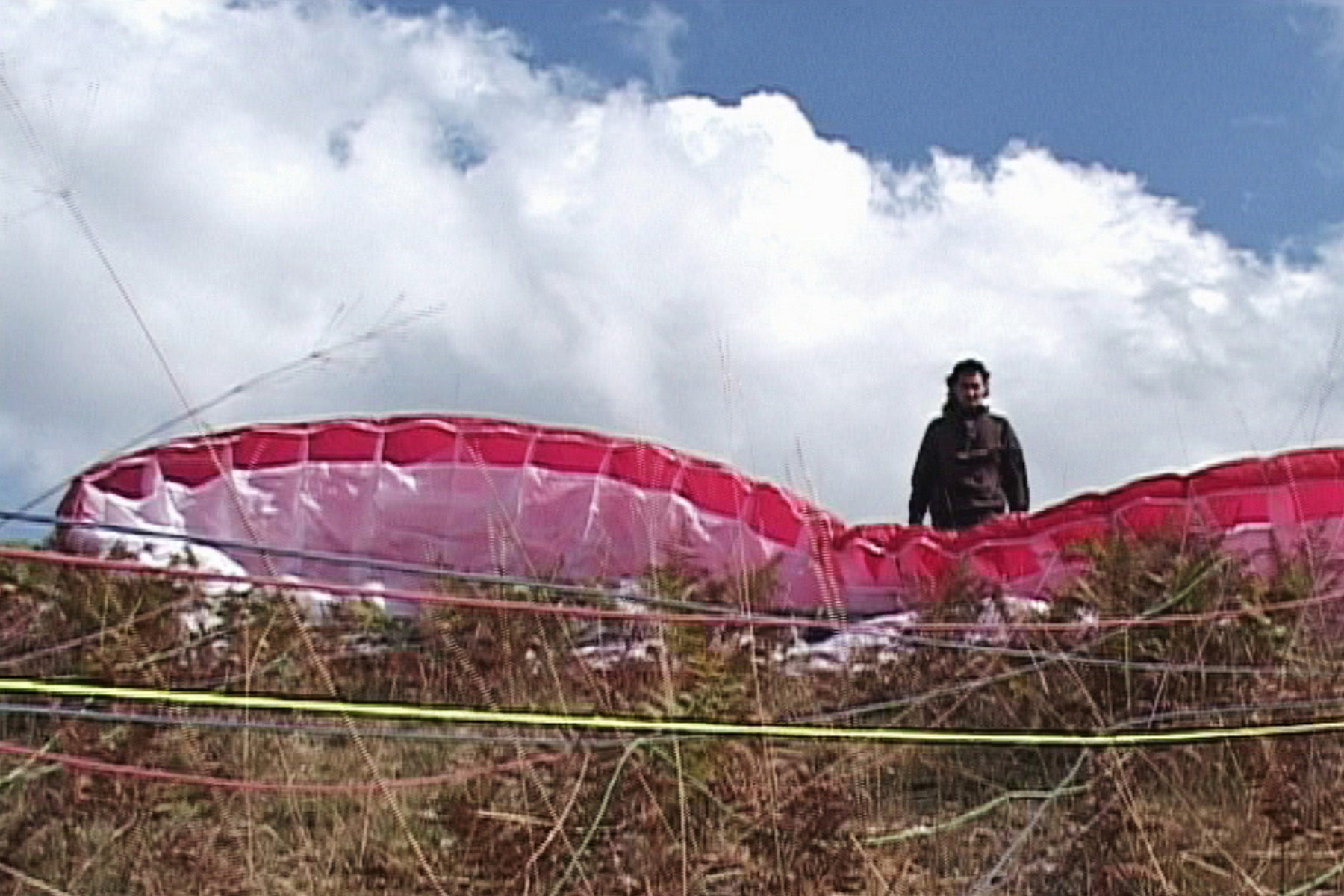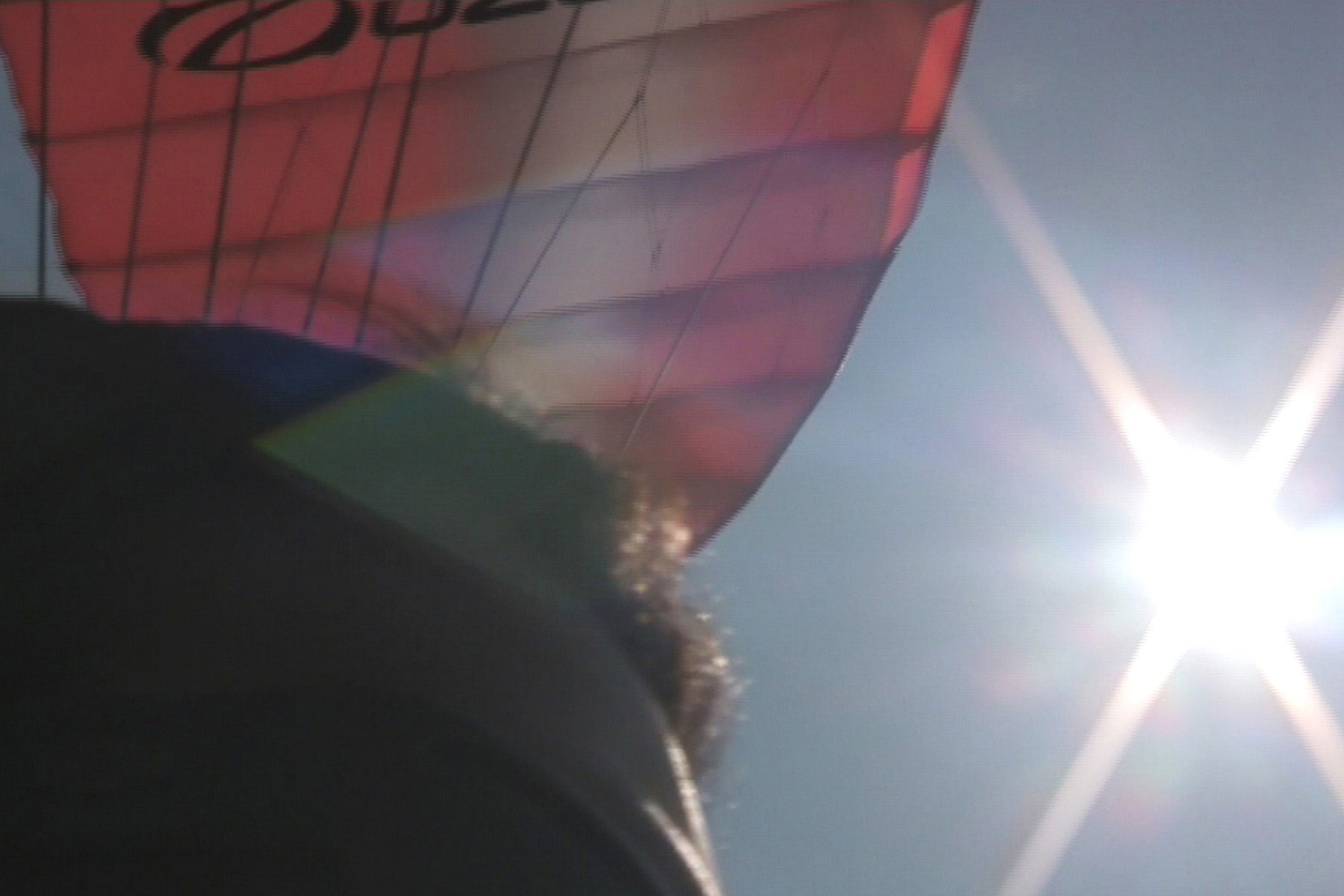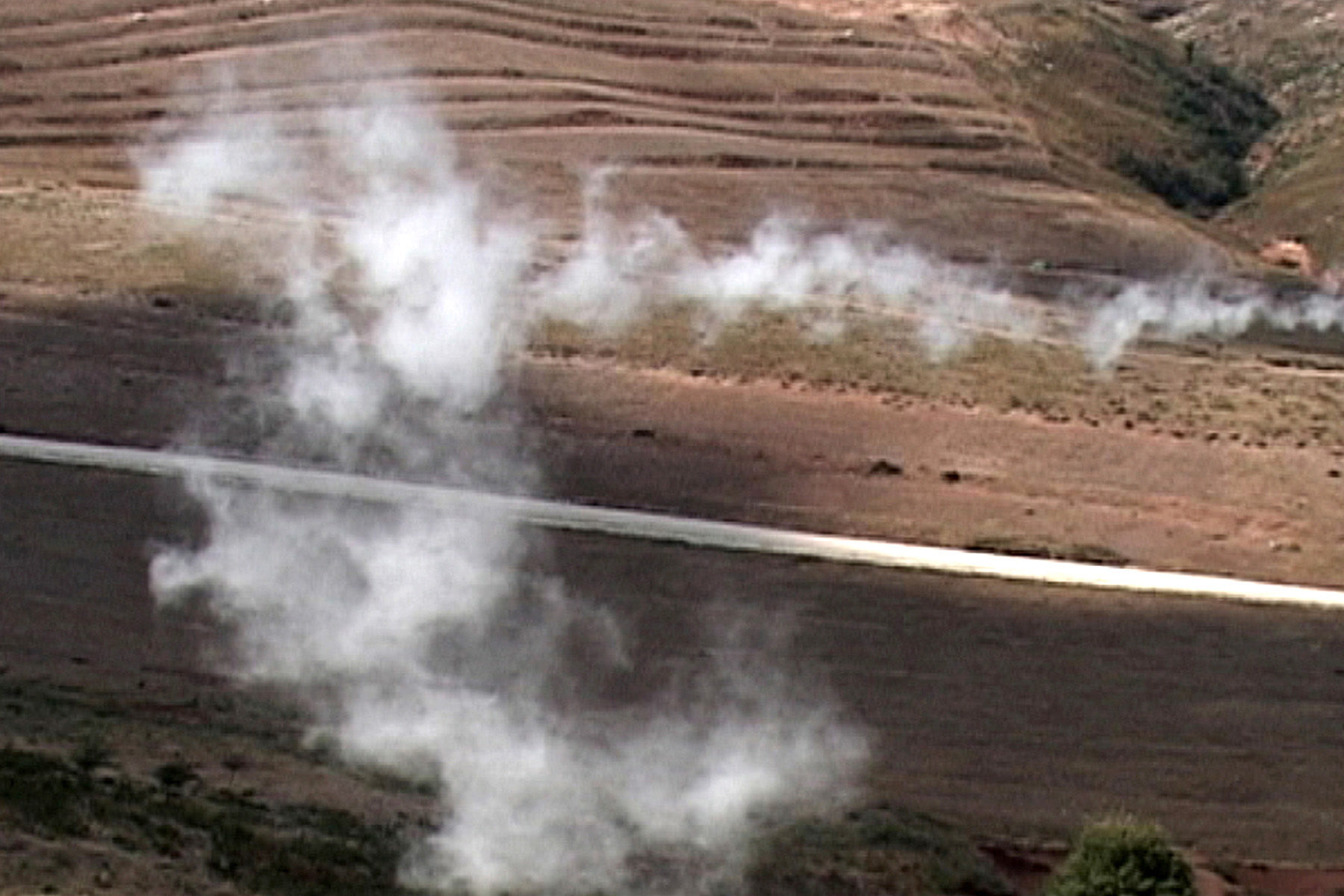Driant Zeneli
The Dream Of Icarus Was To Make A Cloud
Trieste (I), Galleria Tommaseo
October 2009 ― January 2010
The discreet charm of utopia [1]
Daniele Capra
How can art speak the language of a radically different experience, how can it represent the qualitative difference? How can art invoke images and needs of liberation which reach into the depth dimension of human existence, how can it articulate the experience not only of a particular class, but of all the oppressed? [2]
I do not know if there is still space for utopia in the last corner of the post-modern in which we are living, that we might define as ‘post-ideological’, ‘post-historical’ or ‘post-something else’. If we wanted to distil this short twentieth century, it has closed with the warning that all political and social utopias are only a palliative postponing all the ills that professed to cure to a later date. The doctrines that claimed to explain and order society failed, the hangovers from the avant-gardes of the early decades of the last century now are over, and even the utopias for changing the destiny of art and leading it elsewhere – chased by many artists from the late-1960s – have shown themselves to be incapable to bearing the weight of reality (consider, for example, the failed attempt to do away with market forces). So we might say, to adopt the crude language of marketing, that the utopias have inexorably worn themselves out just as consumer products wear out, and that in the market of ideas, utopia as an item has exercised its appeal less and less, having been relegated to a small niche product. Perhaps fascinating and of great value, but nevertheless a niche product far from the habits and lives of the majority.
This condition of stagnation has been caused in part on the one hand by the continuous changes in direction of human deeds, and on the other by the very speed with which situations have succeeded each other: in other words, not only the actors on the stage acted without a clear direction, but they move so rapidly. This is why the metaphor of liquidity dear to Bauman effectively summarises our contemporary situation: “Liquid modern is a society in which the conditions under which its members act change faster than it takes the ways of acting to consolidate into habits and routines”. [3]
In this situation, characterised by an unorganised, chaotic lack of structure, the spaces for artistic actions have over time adjusted themselves to new and more intimate needs, without this meaning a retreat to less important or less complex elements. The work of art has thus taken on a more transitory role because it defines itself exclusively within the forms of its own complexity, without the need to snatch at doctrinal handholds or supports of orthodox patterns of thinking: the work simply is, and its outlines are by nature intrinsically blurred.
The dialectic confrontation with utopia is one of the most interesting themes in the production of Driant Zeneli. Both when the young artist recounts pieces of history from his country through the story of his own father (who was one of the official portraitists of the regime during the years of the Albanian dictatorship as we see in the video When I grow up I want to be an Artist), and when he films the impossible reconstruction of a puzzle, formed of white pieces, all identical in form, by some students at an Academy of Fine Arts. In this second case, the utopia can be that of the equality of all citizens within the state, one now defeated by reality (as all the countries in which a communist dictatorship was founded); but it is impossible to compose an image that is solid by making identical pieces of a puzzle fit, especially if we do not know the design we are supposed to be making. Those participating in the game discover the aporia hidden within it and for which there is no solution except complete abandonment.
The recent All Art has been… temporary also shows the limit beyond which utopia – sometimes casually – gives way to reality. Zeneli happened to be passing by the GAM in Turin when Maurizio Nannucci’s neon text, set on top of the building, suffered a breakdown: three letters were switched off, spelling the word ‘temporary’ instead of ‘contemporary’; the message of the work was thus changed in ruinous and unpredictable manner by the sustained affirmation of one’s strength bared against the fragile exposure of one’s limit. Once again, utopia is disillusioned by reality, and beneath the tower of Babel gathers the rubble showing the inescapable need to come to terms with the reality.
And yet there is a space for dreams, for utopia, although limited in space and time. And the only true ambition that art can have is to be able to give us a portion of it, albeit in the form of transitory, ephemeral event disappearing with the same natural simplicity with which it has been created. Werner Herzog pompously called it the Conquest of the Useless, to witness how so much effort being directed to the attainment of one’s aims has its counterpart in their substantial vacuity. Aware of the impossibility of producing works that be “monuments that are longer-lasting than bronze”, [4] Zeneli senses how it is fundamental to trace out – for himself and for the observer – a space of freedom within which to create thought, in order to have the minimum instruments to break free of a condition of existential loss in which we have fallen as a result of the flattening and adaptation to the status quo. Rather than the oppression of a great void that has no form, therefore, better the liquid fragility of the possible, as revealed by the work The Dream of Icarus was to make a Cloud.
The video shows how delicate, subtle and impalpable a utopia can be. And also how much, despite what one might think, it can demand in terms of commitment, dedication, will, courage. An action – the creation of a small cloud, something that happens millions of times on earth – is almost impossible without sophisticated aeronautical equipment. However, Zeneli considers it fundamental to try, to share with the spectator a dream similar to that of Icarus. Boarded on a paraglider, the artist creates a cirrus cloud that lasts a few seconds before dissolving with the mountain wind. At that point, the paraglider is already off-camera and no traces remain of the artist and the utopia he wished to give us.
[1] The title ironically refers to the movie The Discreet Charm of the Bourgeoisie directed by Luis Buñuel (1972).
[2] H. Marcuse, The Aesthetic Dimension. Toward a Critique of Marxist Aesthetics, Beacon Press, Boston, 1978, p. 40.
[3] Z. Bauman, Liquid life, Polity Press, Cambridge, 2005, p. 1.
[4] “Exegi monumentum aere perennius”, Orazio, Odi, III, 30, 1.
